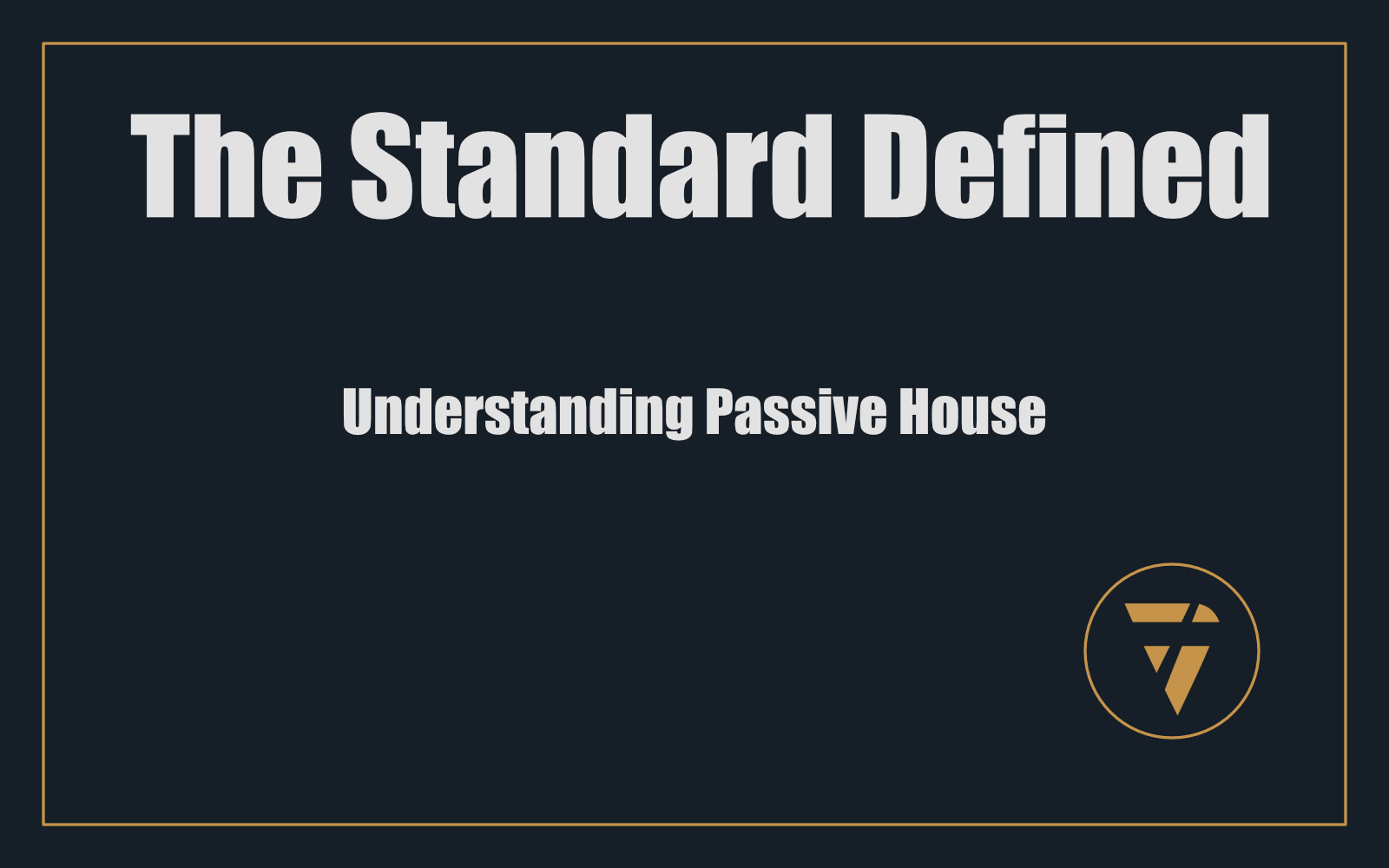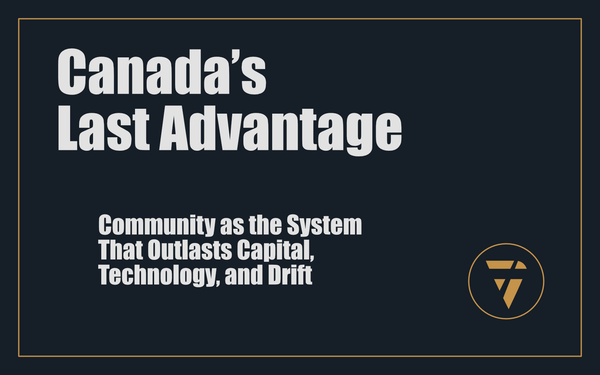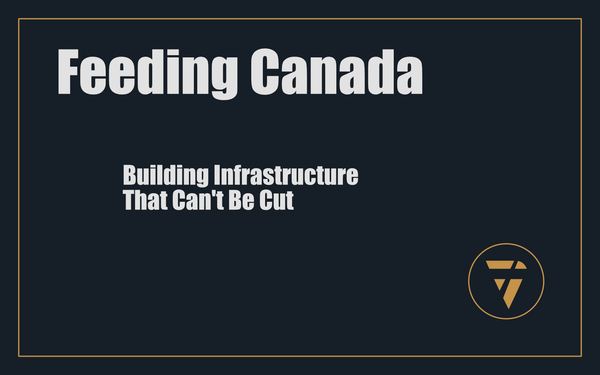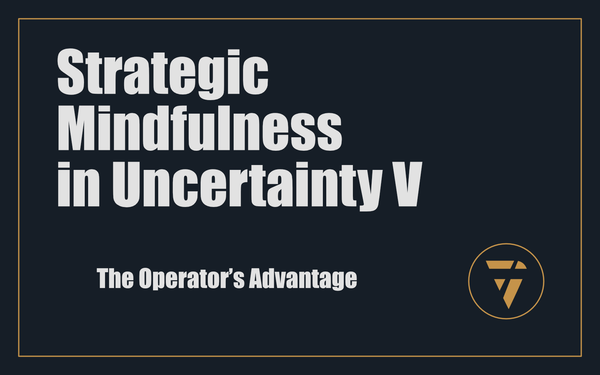The Standard Defined

Understanding Passive House
In the conversation about sustainable building, few words are more misunderstood than Passive House.
To many, it sounds like “passive solar”—big south-facing windows, angled roofs, sunshine doing the heavy lifting. Others assume it means “off-grid,” or “low-tech.” Some even think it’s a brand, a trend imported from Europe.
But none of that is true.
Passive House is not a style. It’s not a vibe. It’s not optional theory. It is the world’s most rigorous voluntary building performance standard.
It was designed to cut through the noise of sustainability buzzwords and define exactly what makes a building truly resilient, comfortable, and efficient.
https://www.passivehousecanada.com/
Situation: The World’s Most Rigorous Standard
Passive House is not a philosophy—it’s a measurable set of criteria. It is used to certify residential, commercial, and institutional buildings in every climate zone in the world, from Nunavut to Nairobi.
What makes it unique is its uncompromising focus on energy demand, airtightness, and comfort. Where building codes speak in vague minimums, Passive House speaks in absolute numbers.
To qualify, a building must prove itself—through design modelling, independent verification, and airtightness testing. Not “better than average.” Not “greenish.” Not “efficient for its type.”
Certified Passive House buildings consistently cut heating and cooling demand by up to 90% compared to conventional structures.
This is not sustainability theatre. This is physics, proven.
Problem: Confusion Blocks Adoption
The barrier is confusion.
Many people still think Passive House is just another form of passive solar design—a movement from the 1970s that relied on orienting buildings toward the sun and storing heat in thermal mass.
Passive solar is valuable, but it is not Passive House. A passive solar home may still leak air, lose heat, and require mechanical systems to stay livable in Canadian extremes.
Others assume Passive House means “living off the grid” or “low-tech cabins.” In reality, some of the most advanced, elegant, and urban projects in Canada—like the Clayton Community Centre in Surrey, BC—are Passive House certified.
This confusion matters. When people think Passive House is optional, or ideological, or just another green label, they delay. And delay is drift.
Solution: The Metrics That Define Passive House
Here is what Passive House really means, in numbers:
- Space Heating Demand:
≤ 15 kWh/m² per year, OR
≤ 10 W/m² peak heating load.
(This ensures you can heat the building with a fraction of the energy of a code-minimum home.) - Primary Energy Demand:
≤ 120 kWh/m² per year (total for heating, cooling, hot water, lighting, appliances). - Airtightness:
≤ 0.6 ACH50 (air changes per hour at 50 Pascals pressure).
(In plain terms: almost no leaks. Compare that to 3–5 ACH50 in typical Canadian construction.) - Thermal Comfort:
Indoor surface temperatures must remain stable and comfortable, even in extreme conditions. No drafts, no cold corners, no overheating.
These are not recommendations. They are thresholds. If you cross them, you fail.
And because performance is verified through both modelling (with the Passive House Planning Package—PHPP) and on-site testing, there is no hiding. The building works—or it doesn’t.
This is what makes Passive House unique: clarity.
Consequence: Clarity Creates Confidence
For newcomers, the most important shift is this: Passive House is not vague. Its defined.
That clarity is power.
- For homeowners, it removes guesswork—you know your home will be comfortable and affordable to run.
- For builders, it sets a measurable target—every screw, seal, and window choice has a known impact.
- For policymakers, it offers a proven benchmark—adoptable, enforceable, and scalable across regions.
Confusion leads to hesitation. Clarity leads to action. The Passive House standard exists to eliminate ambiguity, so decisions can move forward with confidence.
Why It Matters
The building industry is full of green promises. Labels that sound good but don’t change outcomes. Strategies that look sharp on paper but collapse in real life.
Passive House is different because it doesn’t allow for performance theatre. It sets a bar and demands proof.
In a world of marketing slogans, it is the only building standard where comfort, resilience, and energy efficiency are not hopes—they are measured facts.
Canada pioneered the roots of this movement in 1977. Today, the Passive House standard is how we scale that legacy across every building, in every province, for every climate future.
Here’s your lever: if you know the numbers, you own the choice. Passive House is not an experiment. It is the clearest, most proven path forward. The only question left is whether you’ll keep tolerating minimum code—or step into performance that has already been defined.
This is what I’m working on. Tell me what you think, I enjoy the conversation! Subscribe and follow the work in real time.
Thanks!
B

Passive House isn’t a style.
It’s a standard.
15 kWh/m².
0.6 ACH50.
120 kWh/m².
Numbers that don’t care about opinion.
You either meet them—or you fail.
Confusion is drift. Clarity is consequence. Which are you building?
PS -






